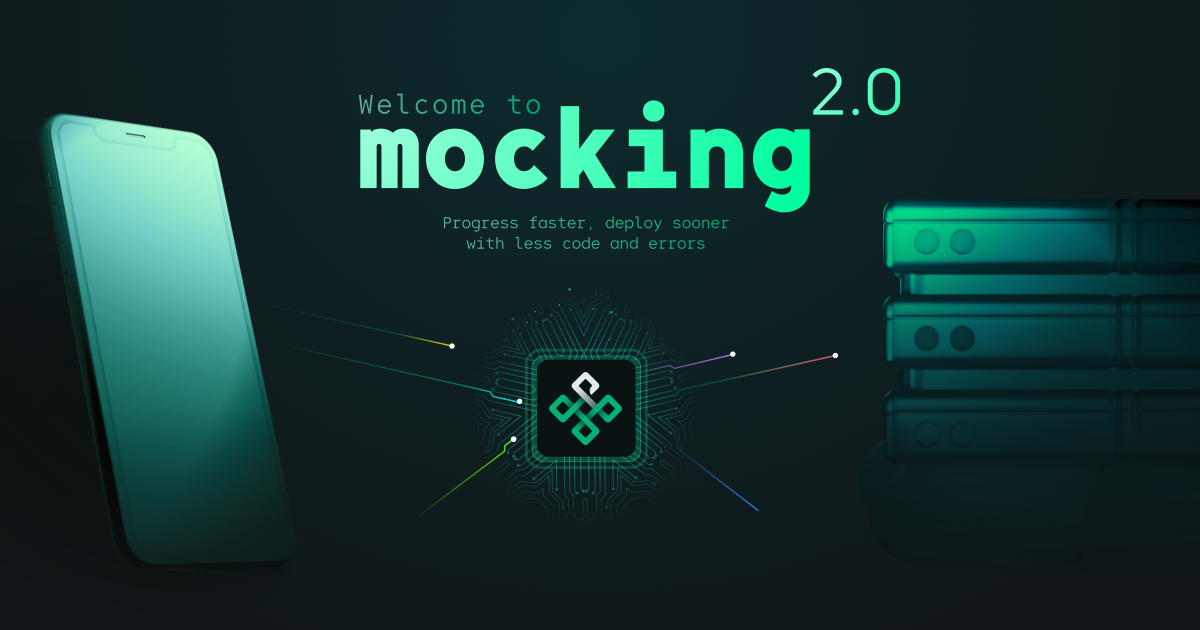
An Application development process involves multiple Developers, QAs, and technical people working together. The task of one member can depend on the other, as the frontend developer may depend on a particular change by the backend developer. In this article, we will explain, learn and practice Proxytool to streamline and speed up the application development process by eliminating these dependencies.
The main idea of Proxytool is to reduce the development and testing effort and progress faster toward deploying the application with less code. So, we will go through the features of Proxytool along with practical and real-life examples in this article.
Features and Capabilities of Proxytool
With Proxytool, you can alter or mock any request or response so that the feature can be implemented without waiting for a specific form of response from the backend server. Proxytool is a combination of the following features.
- Partial Mock: Mock/change only a part of the request/response. For example, add an extra header to the request, like an auth token. Or you can add an icon to every element in the response list.
- Full Mock: mock a complete response. When your backend is not ready, just mock it like it's working.
- Custom Code: If you want to get a request/response containing specific parameters, Proxytool also covers this functionality in the custom code feature. We can make requests from the custom code and get data from the other APIs.
- Logs: Proxytool saves a comprehensive archive of what went through Proxytool. It maintains records like Timestamp (when the request was made), the Request method, and the Response code.
- Work as a team: You can invite members to your project and work together to mock the request and response. Proxytool also allows setting the role and rights of the members being invited.
Setting up a Proxy Project with Proxytool
With this new project, you can now benefit from all the features of the Proxytool, such as full, partial, and custom mock of the request and response. This mocking method allows you to quickly develop the feature by modifying the request and response.
Register Account
The first step to set up a new project in Proxytool is registering an account. The signup process is straightforward and only requires a valid email address.
Create New Project
After completing the signup process, you are redirected to the dashboard where you have already demo project created. To create a new project;
- Click on the button “ADD NEW PROJECT”.
- Enter the name of the project.
- Enter the source API, which is the endpoint of your backend server.
- Done. You have created the new project and are ready to mock the request/response.
The project you have created acts like a middleware between the application and the backend (server). Every request to/from the server will pass through this middleware and output according to the defined rules.
Best practices for setting up a Proxy Project
Provide tips and best practices for setting up a proxy project (e.g., defining clear rules and guidelines and inviting other developers to join the project).
- Define Clear Rules
After creating a new project, most work revolves around the rules you define. The more precise and efficient rule is, the more accurate the output will be.
- To define a rule, click on Add New Rule button from the dashboard.
- To alter the request and response, select the rule type Altering.
- Define the path URL where this rule will be applied.
- Name the rule to identify it later.
- Invite other Developers
One of the most valuable features of the Proxytool is inviting other developers or team members to your project. You can manage the role and permission of the invited member and work together on a project.
Process of setting up a proxy project with Proxytool
In the image below, we have demonstrated creating a new project by clicking on the Add New Product button in the upper right corner. Then we fill in the Name and API fields and click the Create button.
Modifying requests and responses with Proxytool
In this section, we will learn how developers can use Proxytool to modify requests and responses.
Proxytool provides two methods of mocking.
Using Predefined rules
Some commonly required modifications during the application development are predefined for the developers. It includes setting the key and value in the Header, Body, Query, Method, and Path of the request. Similarly, the Header, Body, and Status code for the Response.
Using Code Snippets
If the predefined rules do not fulfill the developer’s requirement, Proxytool provides a Custom code section to make the desired modification in the request/response.
Modifications can be used to improve app development processes
These modifications can be used to improve application development processes.
For example, if the API requires an Auth key in the header, the front still needs to be prepared to send the Authentication key. Simply, Proxytool can add this key and continue the development rather than wait for its implementation.
Another use case can be to fetch a specific value from the query params, which requires complex modifications in the application's code. You can use Proxytool predefined rule to assign the required key and value in the query params.
These modifications improve the development processes and allow the developers to become more productive.
Best practices for effectively using the modification capabilities of Proxytool
Depending on the application size, Proxytool can be used effectively by following the best practices.
Use the minimum amount of modifications
Change only what you need to with Proxytool to keep it simple. With Proxytool it's easy to overengineer your mocking, but the less you modify, the less you need to debug.
Testing modifications thoroughly
A good practice using Proxytool is to test the modifications thoroughly. Ensure every edge case is covered in the rules or custom code and there is no server error. You can use the Logs section to monitor the requests made to your project URL.
If the application you are using Proxytool for is mission-critical, testing modifications thoroughly is very important to consider.
Checking logs
Go through the logs if you see problems in your app. It might be the backend sending something wrong or a Proxytool rule that you forgot to turn off. Logs are easy to read, and it's straightforward to find problems.
Collaborating with other developers using Proxytool
As we have mentioned in the features of Proxytool that, you can invite other developers to your project and work together. You can manage each member's access using the member's role and the right attributes.
With this feature of Proxytool, every member of the team has access to the same mock data, and they are on the same page regarding the application development.
Real-world examples of using Proxytool for app development
Profit Manager is an investment methodology. The system exploits the volatility of the market by managing the stop-loss and take-profit levels to take profits while managing to preserve the initial capital. They have used Proxytool to develop and integrate new features in their web application and extend the API calls. Considering the project size, Proxytool has made the development process more organized and productive for them.
How Proxytool helped them overcome the challenges of its users
- A Freelancer team has team members in different countries trying to collaborate effectively. They used Proxytool to combine their team members in the development process and become a success story. No matter where the developer of the team is working from but connected with the other members' progress and API calls through the Proxytool.
- Usually, organizations hire more frontend resources than the backend because the frontend consumes more time depending on the backend. Some Proxytool partners have overcome this issue by adapting the mocking tool and being able to align their resources in a balanced and productive manner.
- Frontend always has to wait a lot for the backend to finish new features. The users of Proxytool have claimed that they are saving this lag using the Request/Response mocking and Logs feature of Proxytool.
Conclusion
In this post, we have understood the challenges a team faces during the application development process and how the Proxytool best fit as a solution to these problems. The Proxytool can modify the request and response using predefined rules and custom code snippets, allowing the developer to code less for a desired change in the API request/response.
Suppose you are an individual developer or lead a team. In that case, you must try Proxytool to promote better collaboration among team members using the Project’s Logs feature and reduce the dependency of one developer on the other. Proxytool offers free API calls for a new account and offers a very reasonable and clear price structure to its users who want to get the most out of it.



